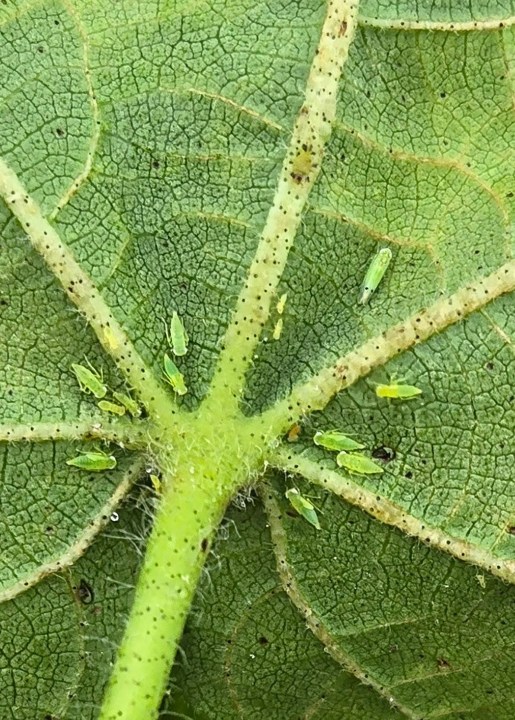JACKSON, Miss. (WJTV) – A year filled with trouble is far from over for cotton farmers, because a new pest has officially hit Mississippi cotton fields.
The two-spotted leafhopper, also known as the cotton jassid, was first found in a Hinds County cotton field September 8, 2025. Since the initial spotting, the pest has also been found in Noxubee, Neshoba, Oktibbeha and Forrest counties.
The pests feed on the underside of leaves and can create “hopper burn” on infested plants. This will turn leaves yellow, red, and then brown, and can lead to premature leaf drop.
The announcement comes as cotton yields have been expected to be at a very low quality this year due to weather conditions and market challenges. While the pest may not be a factor this year, it will make a presence in the next year’s crops.
Mississippi corn yields surpass expectations amid challenges
“We are far enough along in the season that it shouldn’t be too much of a problem this year,” said Brian Pieralisi, Mississippi State University (MSU) Extension Service cotton specialist. “Most, if not all, of our cotton acres are nearing the point of defoliation. But there is definitely concern for next year. This pest is here, and it is important that producers are on the lookout for it now and especially next year. Since it’s been confirmed in two counties so far, it’s likely in other cotton producing counties.”
According to officials with the MSU Extension Service, adult two-spotted leafhoppers are about two-millimeters in length and green in color with a black dot on the hind end of each wing. The nymphal stage of the pest has no easily identifiable key features.
Information about this pest is sparse, and MSU specialists are working with their colleagues in Florida, South Carolina, Georgia and Alabama to learn more.
Adult two-spotted leafhoppers are about 2 millimeters in length and green in color with a black dot on the hind end of each wing. The invasive pest has been confirmed in five Mississippi counties, and Mississippi State University Extension entomologists urge Mississippians to watch for the pests on common host plants, including cotton, hibiscus, okra and eggplant. (Photo courtesy of Scott Graham/Auburn University)
“Right now, we know that there are several options for managing this pest, but surveillance is critical at this stage,” said Whitney Crow, MSU Extension Service entomologist. “We need to know if populations are increasing, as that information will be vital next year for providing timely recommendations and helping producers make informed treatment decisions.”
Officials said the two-spotted leafhopper is native to India and was first detected in Puerto Rico in early 2023. In 2024, it was discovered in south Florida, and then in north Florida. In summer 2025, significant numbers of the pest were found in South Carolina, Georgia and Alabama. In late 2025, it was confirmed in both Texas and Mississippi.
Scientists are unsure how the insect species spread, but they speculate weather and the movement of hibiscus and other plants contributed to the insects’ expansion.
Thanks for signing up!
Watch for us in your inbox.
Subscribe Now
Copyright 2025 Nexstar Media, Inc. All rights reserved. This material may not be published, broadcast, rewritten, or redistributed.
For the latest news, weather, sports, and streaming video, head to WJTV.









